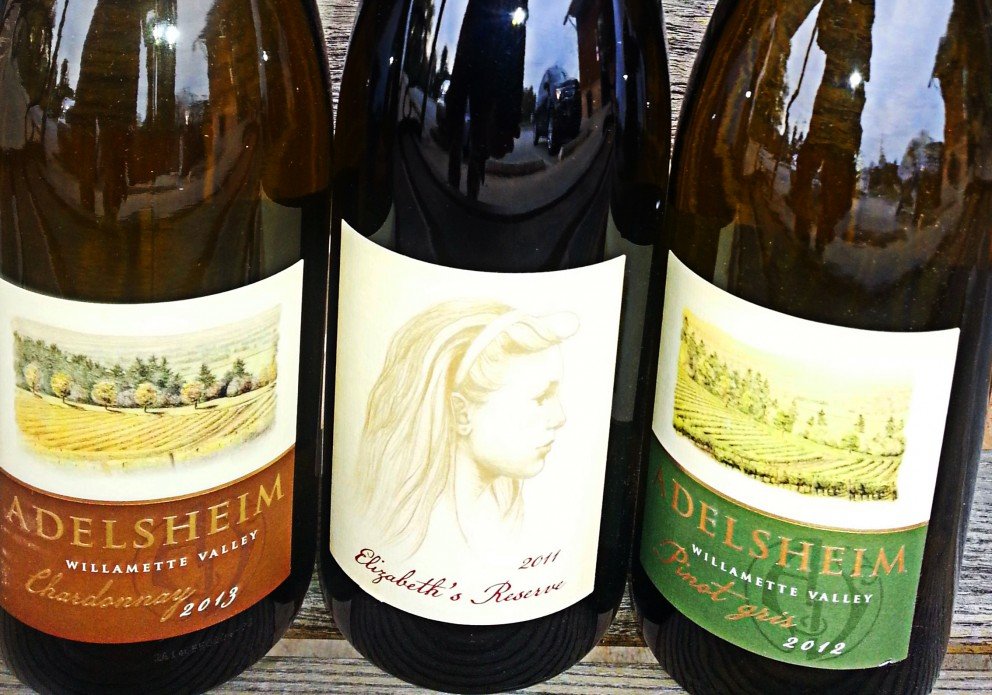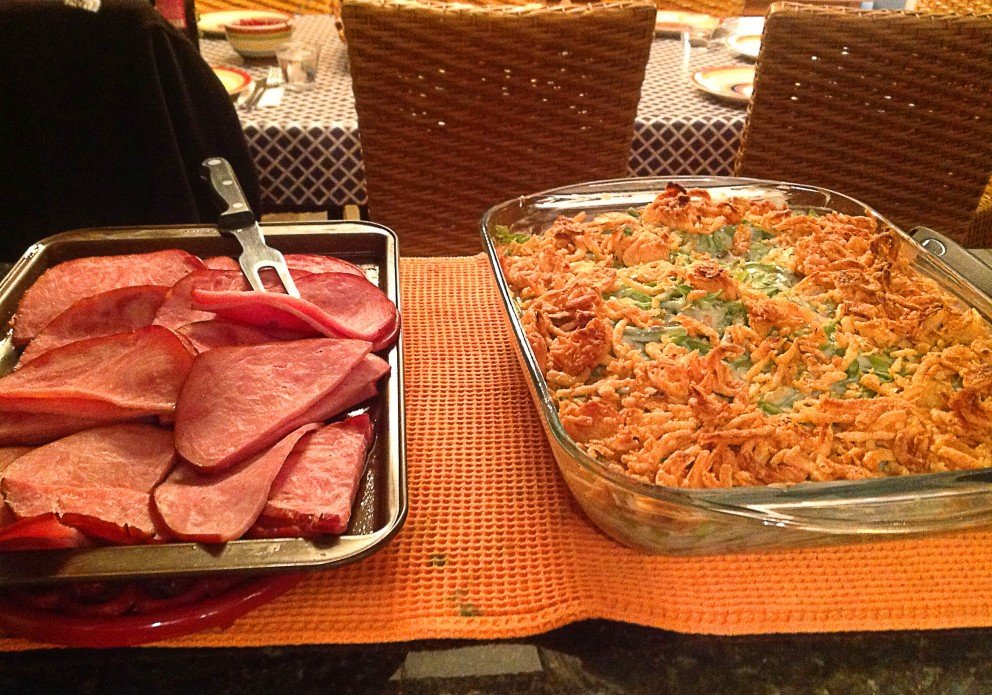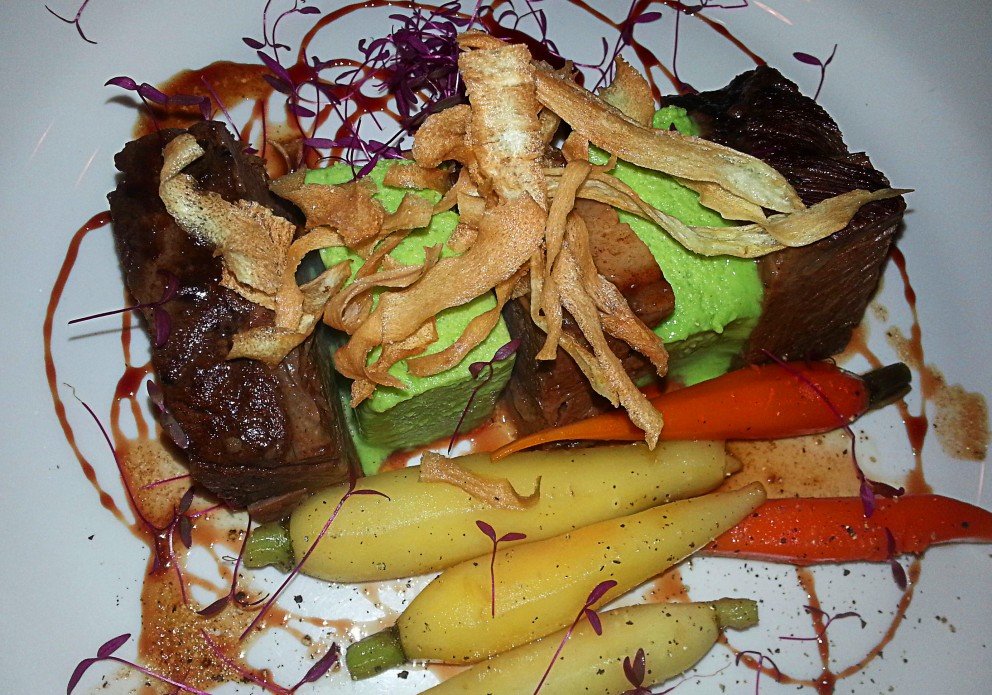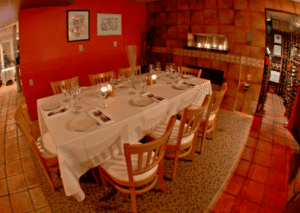As one of Oregon’s founding wine families, David and Ginny Adelsheim purchased and planted 19 acres on the Chehalem Mountains (pronounced Sha-HAY-lem) in 1971, built a home, raised a family, and in 1978, produced their first commercial wines. Today, they farm 237 acres in the north Willamette (emphasis on the second syllable, to rhyme with “damn it”) Valley. Over four decades, Adelsheim Vineyards grew up with Oregon’s wine industry.
Most of Adelsheim’s estate vineyards are on the Chehalem Mountains, now a highly-respected viticultural area. The Chehalem Mountains American Viticultural Area (CMAVA) is hugely varied with vineyards on both the northeast side of the ridge as well as the southwest side. Bald Peak (1633 ft. above sea level) is the highest point of the mountains, and is also the highest point within the Willamette Valley. Precipitation increases and temperatures decrease with elevation. The Adelsheim Vineyards range in elevation from 200 to 900 ft, so as a result there is a three week difference in ripening.
The CMAVA has three major soil types, and Adelsheim Vineyards has sites in two of them: Red basaltic zone (red fruited Pinot Noir) and marine sedimentary zone (black fruited Pinot Noir). It is well known that Oregon is famed for its outstanding Pinot Noirs. The wines from the hundreds of sites in the Willamette Valley share certain characteristics. They deliver intense, fresh fruit aromas, and there is a backbone of acidity which, combined with round, structural tannins, gives these wines liveliness and ageability much like Elizabeth’s Reserve, one of our favorite Pinot Noirs at Teller Wines.
David and Ginny’s team of winemakers’ vision is one of elegance, balance and restraint. Once the winemaker decides it’s time to pick, vineyard crews hand harvest the grapes into small bins and deliver them to the winery for processing. White grapes are whole-cluster pressed, and then undergo a long cold fermentation to preserve the fresh fruit character. A portion of the juice is fermented in neutral oak barrels to enhance texture. After fermentation, whites are aged sur lies (on the sediment that falls from the grape during fermentation) for several months for complexity. Most whites remain in stainless steel tanks until they are filtered and blended in preparation for bottling in April. Their most flavorful Chardonnay lots gain richness by fermenting and aging in barrel for the Caitlin’s Reserve. (Caitlin is also our daughter’s name by the way. No wonder we like that wine.)
Red grapes are hand sorted and destemmed into small open-top fermenters. Then each batch of grapes is aged separately so the winemakers can choose the best techniques for each vineyard block. Toward the end of fermentation they taste each tank daily to determine when the tannins and flavors are right for pressing. After pressing, the wine is settled and then racked into small oak barrels where it ages for 8-10 months. Barrels are tasted continuously throughout the spring and summer in order to create an assortment of single-vineyard wines as well as Elizabeth’s Reserve.
The Adelsheims also believe in sustainability. In 2007, they started the process of getting all estate vineyards certified by LIVE (Low Input Viticulture and Enology). The vineyards also have the OCSW (Oregon Certified Sustainable Wine) certification. Adelsheim winemakers started the Chehalem Mountains Winegrowers organization and the rebirth of both the Willamette Valley Wineries Association and the Oregon Wine Board. As if being pioneers in one’s field were not enough, the Adelsheim Pinot Gris, Chardonnay, and Pinot Noir are the crowning achievements of great passion and skill. The Pinot Gris has hints of papaya, apples and pears. A delicate balance of gentle creaminess and acidity lends a rich, mouthwatering texture and long finish. We love this wine with the first courses of our Thanksgiving dinner. [Find it in “Fresh & Clean” for $18.99.]
The Chardonnay features intense fruit character and a luscious texture. Fresh, crisp flavors of pear, white peach, star fruit and kiwi. Pairs perfectly with hard Alpine cheeses and poultry. [In “Luscious & Complex”]
The Diva of all grapes is the Pinot Noir, and the Elizabeth’s Reserve is both elegant and intense. It offers layered aromas of raspberries, fresh strawberries, and brown spice and cedar. Silky tannins and a persistent finish will leave your mouth singing or perhaps “wine-ning” for more. Excellent pairing with turkey, turduckin, tofurkey, or whatever you are having for your November holiday meal. [At Teller in “Smooth & Structured”]

































